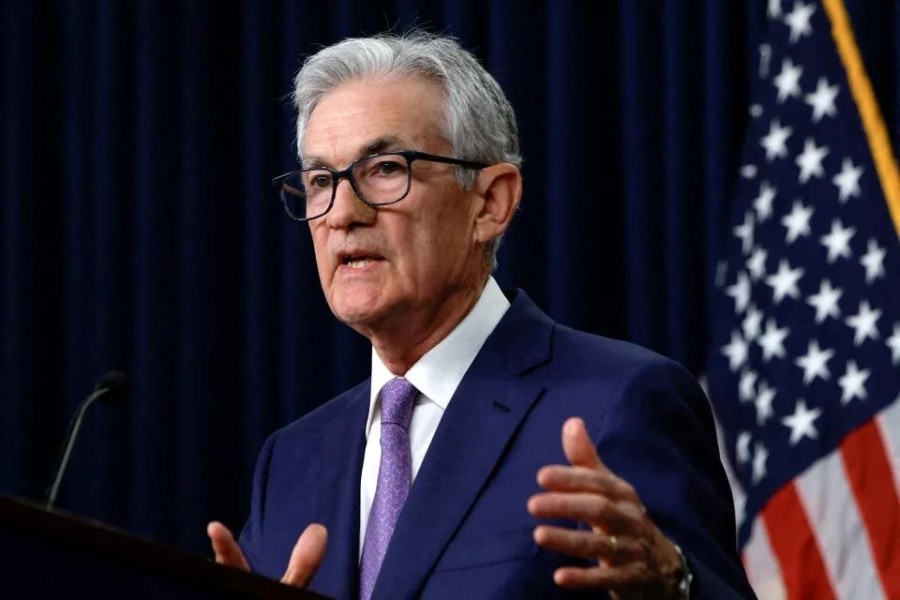Calm Inflation Reading Keeps the Door Open at Fed for September Rate Cut

A new reading from the Federal Reserve's preferred inflation gauge is likely to keep the door open for the central bank to signal a September rate cut at its policy meeting next week.
"This reinforces no move in July and that they will tee up their first rate cut for the September meeting," said Wilmington Trust bond portfolio manager Wilmer Stith.
On Tuesday and Wednesday when Fed officials gather in Washington, D.C., "we suspect policymakers will have a long and lively debate about whether and how to signal a September rate cut," added EY chief economist Gregory Daco.
Friday's reading of the so-called core Personal Consumption Expenditures (PCE) Index — which excludes volatile food and energy prices — showed inflation rose 2.6% over the prior year in June.
While that was above economists’ estimate, it was unchanged from the month prior and marked the slowest annual increase for core PCE in more than three years. The three-month
"This is an almost perfect outcome," said Scott Helfstein, head of investment strategy for Global X ETFs.
"Inflation was slightly above expectations, but the Fed is getting closer to their target without sacrificing growth."
However, a cut in September is not yet assured, he added in a note.
"Modestly accelerating inflation could put the already priced September rate cut in question."
Daco argued the Fed has what it needs to start cutting now, saying "some policymakers may even argue, as we have, that a July rate cut would have been optimal and preferable given current and expected economic conditions."
Wilmington Trust chief economist Luke Tilley said the data is there to support a cut in July but the Fed won’t want to "spook the markets."
Traders are widely expecting the central bank to hold steady next week before cutting in September.
“Markets will wonder, ‘What does the Fed know that we don’t,’" Tilley said. "The answer is they have marginally more information than us. I expect the communications to point to a cut in September.”
The June PCE report "is consistent with the Fed holding interest rates steady at next week’s decision, then making a first interest rate cut at the following meeting in September," added Bill Adams, chief economist for Comerica.
Fed officials are currently in a blackout period ahead of next week’s policy meeting, so it is not yet known how they might interpret today’s numbers.
But Fed Chair Jay Powell said last Monday that prior readings from the second quarter "do add somewhat to confidence" that inflation is moving toward the Fed's 2% target.
He told US lawmakers earlier in the month that inflation numbers "have shown some modest further progress" and that "more good data would strengthen our confidence that inflation is moving sustainably toward 2%."
Other Fed officials reinforced that view in recent weeks.
Fed governor Chris Waller has said evidence is mounting that disappointing inflation data in the first three months of the year may have been an "aberration."
While he doesn’t believe the Fed is at a point to cut rates yet, "we are getting closer to the time when a cut in the policy rate is warranted."
Tags :
Previous Story
- Japan inflation slows to 2.2% in April
- Japan's core inflation slows below 3% for first...
- IMF watching for risk that Israel-Hamas war pushes...
- Inflation in Japan's capital slows but pressures persist
- Inflation expected to tick higher in August as...
- Japan's price trend gauges hit record, signal broadening...
- Japan's core inflation eases, bolstering view BOJ will...
- Singapore's core inflation falls to 4.2% in June